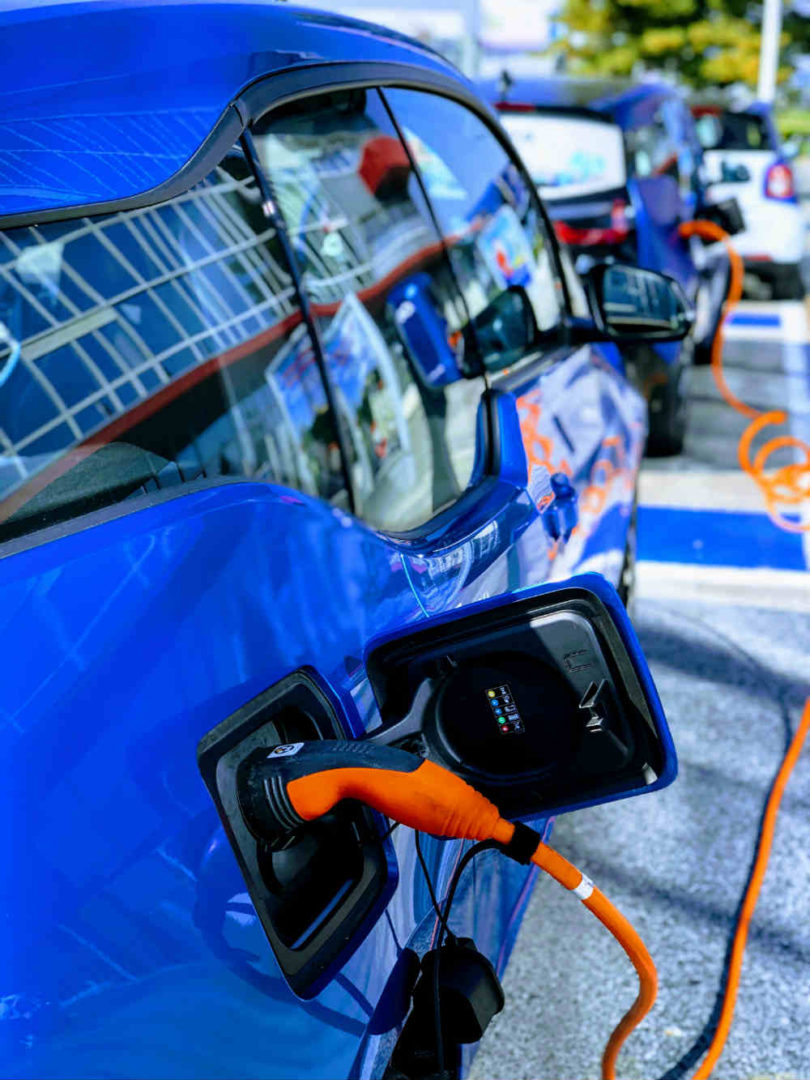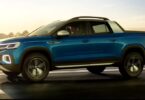Just a decade ago, electric cars were considered just a fade, since December 2018 there are registered over 1 million sales, thus validating the electric vehicles market. In this electric race, California is leading the platoon both in terms of adoption and policies.
There are still a few essential things missing like a reliable charging infrastructure, incentives for consumers to use electric cars instead of fossil-fueled ones and government support. While global warming is a reality, there are no clear ways how dangerous CO2 levels can be avoided in the upcoming decades.
Cali is King
In this landscape, California holds half of the US electric vehicle park while only having 12% of the US population and being accountable for 14% of the economy. The 360K plus vehicles are currently served by a grid of 12K level 2 charging points and 1.6 K fast charging points, making this an underserved market, but also a growth opportunity.
Los Angeles is the place to own an electric vehicle, being the largest single market by sales volume, constituting one-fifth of the national sales in 2017. Other top areas include San Francisco, Riversdale, San Diego, Sacramento, and San Jose.
Parking Space
Until now only handicapped, pregnant women and other such categories had special parking spaces. Electric vehicle owners will get some special treatment of their own. Spending more on your car to care for the environment means that you are more likely to find a parking space. Commercial buildings are required to have 6% charge-ready parking space for EV, while multi-unit dwellings have a minimum of 3%, both numbers will increase in the next years, to 10% at least in California, according to the CALGreen act.
More mileage
The primary downside of electric cars is their short mileage range. Nobody wants to run out of battery while they run errands. We don’t think about our car as we do about our phones, and to be honest the last thing we need is an external battery for the vehicle. Next year we can expect models with higher mileage than 200 as the standard. Right now, the averages are 120 for Volkswagen e-Golf, 140 for Nissan Leaf and 250 miles for Hyundai Kona Electric.
The cars which have already consistently exceeded the 200 miles indicator are the Teslas (Model S and Model X), Jaguar I-Pace, Kia eNiro, and Mercedes EQ C. Also keep in mind that most of these cars only deliver 85-90% of the advertised mileage in real-world conditions or even less in traffic jams.
Better prices
Electric cars are by no means cheap just yet, but their prices are dropping steadily since their debut in 2009. It has already dropped by 80% compared with the starting point and has dopped by 13% only compared to last year. Right now, the median price is $55,600.
If you are committed t get an eco-friendly car, you could select a Tesla Model 3, which starts at $39,000 before incentives.
At these price ranges you qualify for an auto loan, or if you want to change your petrol-burning monster, you can think about refinancing an existing loan. One of the best options, if you have a high credit score, is AutoPay auto refinance, a tool that also offers you pre-qualifications and up to $100,000 to buy the car of your dreams.
Until now, the most significant part of the price of an electric car is its most unreliable piece, the battery. This adds up to more than 50% of the overall cost, and it is the focal point where innovation needs to head.
Manufacturers expect that the $7,500 federal consumer EV tax credit, will be hotly contested and severely threatened by the administration. It is currently limited at 200,000 tax credits per original equipment manufacturer in 2019. This could be counterbalanced by state and utility incentives. GM and Tesla are putting additional pressure and are lobbying for an extension with the message that incentives must exist until EVs reach price parity.
Tesla, not electric, an Apple-like story
Probably to most surprising thing about electric cars is that California inhabitants don’t like electric cars per se, they are more in love with the Tesla brand. It’s like people didn’t like smartphones at first. They needed to have the latest iPhone. We can expect similar market development here. An electric car is more than a means of transport; it is a statement saying I am hip, urban and chic and Millennials as well as the emerging Gen Z wan to identify with that even if the price tag is still a bit prohibitive and the performances are not even close to those of gasoline cars. Until now, electric cars are unprofitable, but every discovery needs its adepts and requires an initial adoption circle to boost further research and development and move forward.








